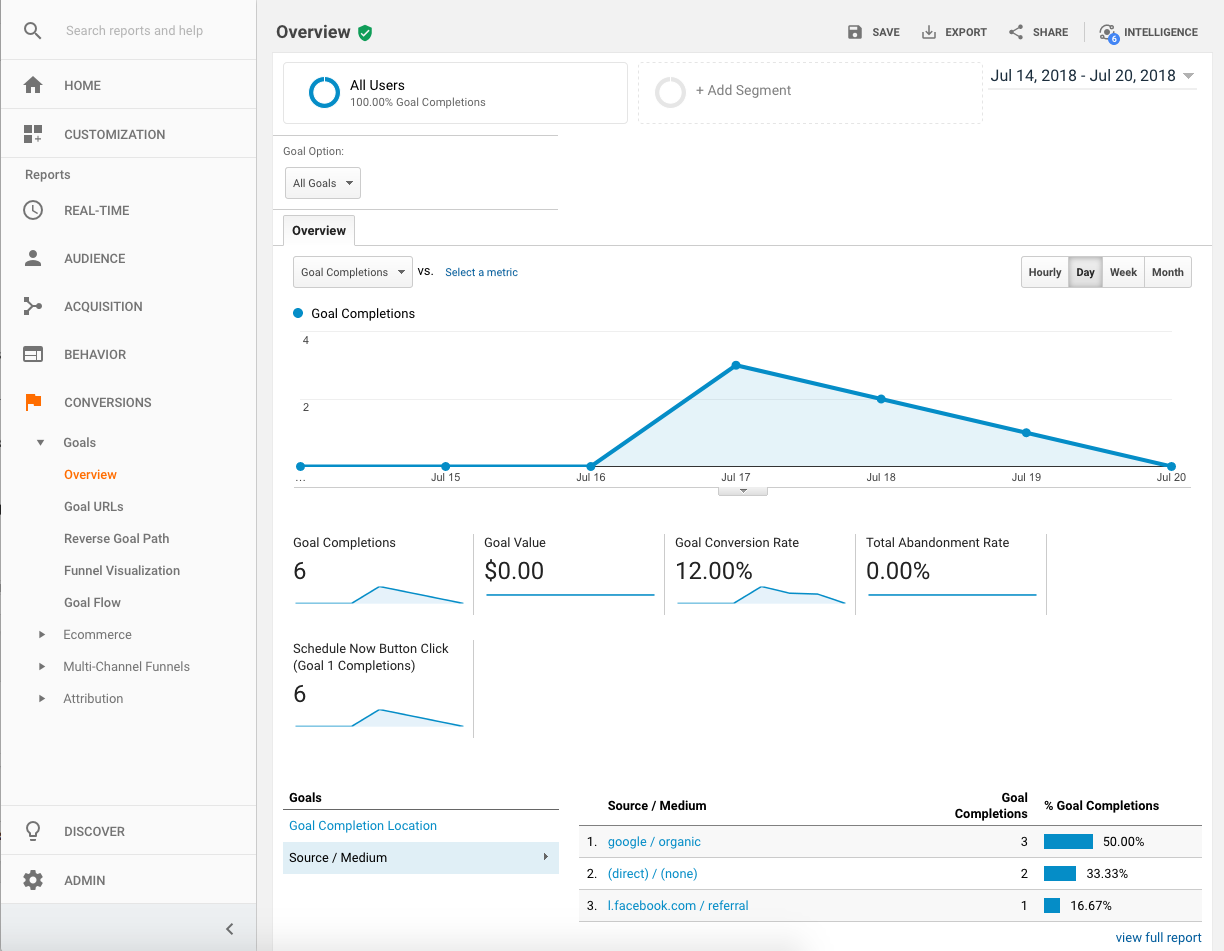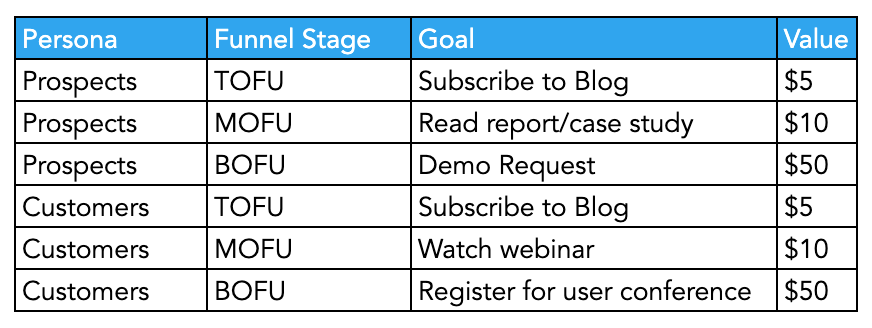What Data Is Google Analytics Goals Unable to Track: A Complete Guide
What Data Is Google Analytics Goals Unable to Track: A Complete Guide
Blog Article
Discover the Limitations of Google Analytics Goals: Introducing the Information Kind That Remain Untrackable
As services progressively depend on data-driven decision-making, understanding the constraints of devices like Google Analytics ends up being extremely important. While Google Analytics Goals deal beneficial insights right into user communications, there exist data kinds that elude monitoring, posturing obstacles to a comprehensive understanding of customer behavior.
Insufficient Customer Trip Tracking
Incomplete user trip tracking within Google Analytics can prevent the capacity to precisely evaluate customer habits. When the customer journey is not totally tracked, there are gaps in the information that stop a detailed understanding of exactly how users communicate with a web site. This lack of insight can cause missed chances for optimization and improvements to the user experience.
One typical problem with incomplete user journey monitoring is the inability to see the full course that users take in the past completing an objective or leaving the site. Without this details, it is testing to determine where customers might be experiencing barriers or friction points that stop them from transforming. In addition, incomplete tracking can obscure the effect of particular advertising and marketing initiatives or site changes on user habits.
To resolve this limitation, it is vital to establish proper monitoring mechanisms within Google Analytics to catch the entire customer trip. This might include establishing up occasion tracking, goal funnels, or utilizing tools like Google Tag Supervisor to guarantee that no crucial communications go unrecorded. By obtaining a thorough view of the customer trip, web site owners can make even more enlightened decisions to enhance individual interaction and drive conversions.
Attribution Challenges
Browsing via acknowledgment obstacles in Google Analytics needs an extensive understanding of how different touchpoints add to the overall conversion process. Attribution difficulties emerge from the complexity of modern-day customer trips, where individuals communicate with multiple networks prior to transforming. Google Analytics supplies numerous attribution versions like first touch, last touch, and linear, each using a different viewpoint on just how credit score is assigned to touchpoints along the conversion path. Nonetheless, these models may not constantly accurately reflect real influence of each touchpoint on the conversion.
One typical acknowledgment challenge is the difficulty in associating conversions to the right resource, especially in situations where users interact with numerous channels prior to transforming. In addition, cross-device tracking postures one more acknowledgment obstacle, as individuals typically switch over in between devices during their journey, making it challenging to track their interactions flawlessly.
Offline Conversions
Provided the challenges connected with connecting conversions properly in online networks, the dimension of offline conversions provides a considerable opportunity for marketing professionals seeking an extra comprehensive understanding of their consumers' journey. Offline conversions describe activities that consumers take in the real world, such as making purchases in brick-and-mortar stores or over the phone, participating in events, or engaging with published products - what data is google analytics goals unable to track. These conversions are important for organizations that operate both online and offline, as they supply important understandings right into the effectiveness of advertising and marketing projects throughout various touchpoints
Tracking offline conversions commonly postured a considerable difficulty for marketing web experts, as it was challenging to connect these actions back to details on-line interactions accurately. With innovations in innovation, such as the assimilation of CRM systems, special identifiers, and discount coupon codes, organizations can currently bridge the space in between online and offline information to get a much more all natural sight of client actions. By properly gauging offline conversions, marketing experts can optimize their strategies, allocate sources a lot more effectively, and eventually enhance the total client experience.
Cross-Device Tracking
Cross-device monitoring plays a vital function in comprehending the interconnected nature of customers' digital interactions throughout several gadgets. In today's omnichannel world, where individuals effortlessly switch between tablet computers, smart devices, and desktops, tracking their habits across these tools is important for marketing experts to gain a comprehensive view of their client journey.

Additionally, personal privacy concerns and regulations such as GDPR and CCPA have better difficult cross-device monitoring. With customers requiring even more control over their data and increased constraints on tracking innovations, marketing professionals have to discover cutting-edge and privacy-compliant methods to attach user communications across gadgets.
Dynamic Material Engagement
Comprehending user engagement with vibrant material is crucial in optimizing digital advertising and marketing techniques for boosted audience communication. Dynamic web content describes site aspects that alter based on individual behavior, preferences, or other variables, using click here for info a tailored experience. Nevertheless, tracking customer communications with dynamic web content postures challenges for typical analytics devices like Google Analytics.
While Google Analytics can track fundamental communications check that like clicks and page sights, it may battle to capture more nuanced engagements within dynamic material. what data is google analytics goals unable to track. Metrics such as time invested in details vibrant elements, hover activities, or communications within pop-ups are commonly not conveniently measurable using common monitoring methods. This constraint hinders marketers' capacity to totally grasp just how users are involving with vibrant material and tailor their strategies appropriately

Conclusion
To conclude, Google Analytics objectives have restrictions in tracking incomplete user journeys, attributing conversions precisely, recording offline conversions, tracking cross-device communications, and measuring dynamic content involvement. These restrictions highlight the value of checking out extra monitoring techniques and devices to obtain a more extensive understanding of user actions and conversions past what Google Analytics can offer.
While Google Analytics Goals offer important insights into customer communications, there exist data types that avoid monitoring, posturing obstacles to a comprehensive understanding of customer habits.Incomplete customer trip monitoring within Google Analytics can impede the capability to accurately examine customer behavior. When the user journey is not fully tracked, there are gaps in the information that stop an extensive understanding of how individuals engage with a site.One typical issue with insufficient user trip monitoring is the lack of ability to see the full path that customers take previously completing a goal or leaving the site. By getting a thorough view of the individual trip, web site proprietors can make more informed decisions to enhance user engagement and drive conversions.
Report this page